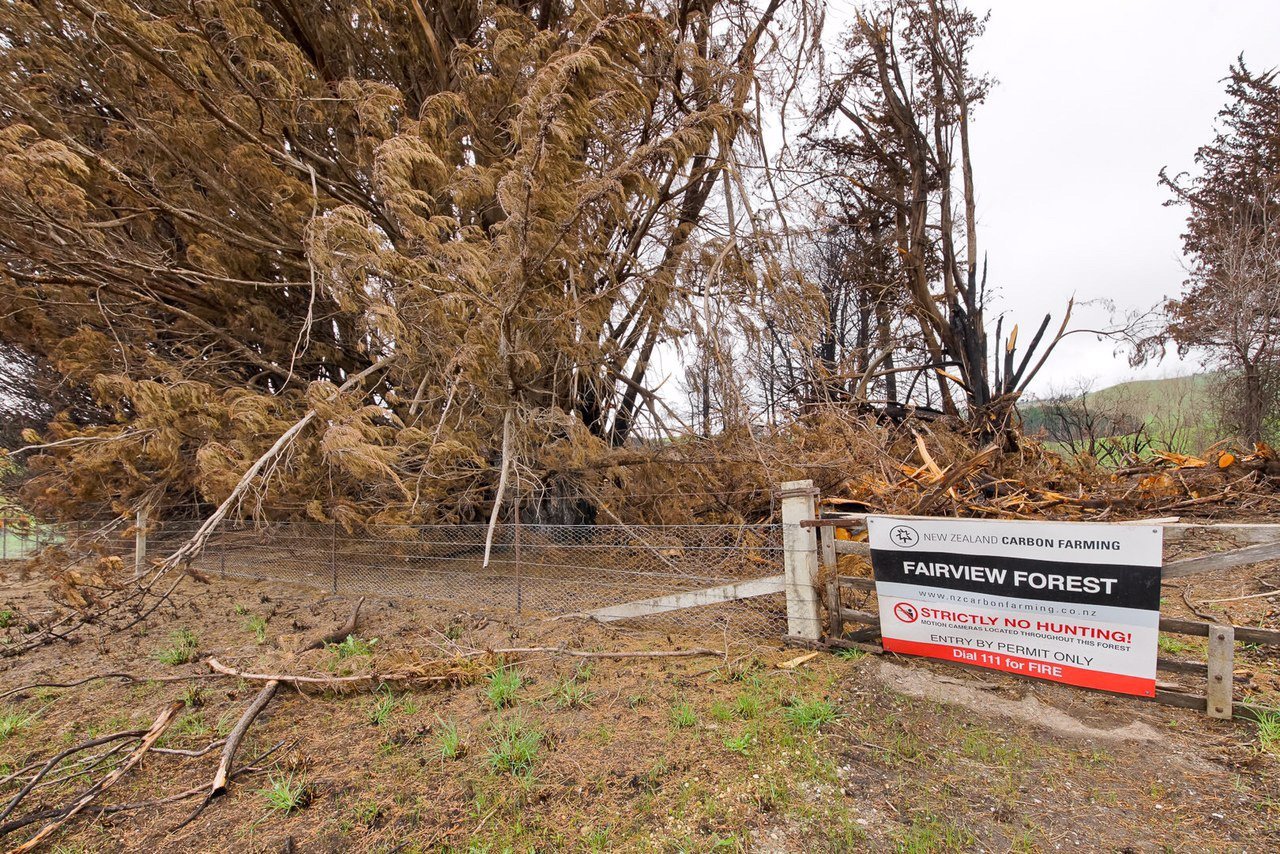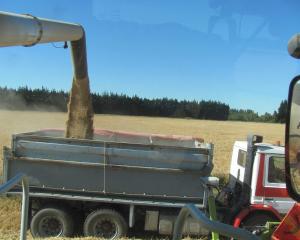
Forestry Minister Stuart Nash and Climate Change Minister James Shaw have released a public discussion document seeking feedback on ideas to better manage afforestation.
It is now proposed to exclude exotic species from the permanent forest category - a move Otago Federated Farmers president Mark Patterson said was both welcome and long overdue.
Carbon farming has been a hot and controversial topic, particularly in Otago and also on the East Coast of the North Island, as large areas of productive farmland have been bought for conversion to trees.
In a statement, Mr Nash said the Government wanted to encourage afforestation to help meet climate change targets, offset carbon emissions and help farmers, landowners and investors diversify their income streams.
It also wanted to balance the risks created by new permanent exotic forests which were not intended for harvest.
There was a window to build safeguards into the system before a new ETS framework coming into effect on January 1 next year.
Under current rules, a new permanent forest category of the ETS would allow both exotic and indigenous forests to be registered in the ETS and earn New Zealand Units (NZU).
Increased plantings of exotic forests were being driven by rising carbon prices. The NZU price had more than doubled over the past year, from about $35 in late 2020 to more than $80 last month, he said.
Permanent exotic forests such as radiata pine had potential for environmental and ecological risks, including pests, fire, damaged habitat for native species, biodiversity threats and a relatively short lifespan compared with well-managed mixed indigenous forests.
Later this year, there would also be consultation on proposals which could give local councils more powers to decide under the Resource Management Act where exotic forests were planted in their areas.
When contacted, Mr Patterson said the mantra of "right tree, right place" at present had "zero mechanisms to manage indiscriminate exotic monocultures".
A carbon price heading towards $100/tonne left unchecked would lead to land-use change of a scale not seen in Otago for generations, and the flow-on effects to rural communities would be significant.
"This would go someway to eliminating the extreme profitability of permanent exotic carbon plantations and the whole of farm conversation speculators," he said.
Hopefully, it would be the first step to a more strategically managed process that balanced the opportunity for farmers to harness a new income stream from less productive land and increase biodiversity while protecting more valuable areas for food production, he said.
Public submissions can be made from March 14 and consultation runs until April 22.
Comments
https://www.stuff.co.nz/business/farming/75070325/ernslaw-one-buys-sheep...
In 2015 Carbon Credits were $6.50.They are now about $80.Whether it is plantation forestry or Carbon Farming,the subsidisation of land use via Carbon Credits will defeat sheep & beef in a competition to buy farm land.Subsidies for land use were meant to be eliminated in the 1980's.
It’s no “subsidy” as you claim - there’s so much misinformation and ignorance around this whole issue. In the early 2000s the plantation forestry sector had its vast pre-1990 forest carbon resources nationalised by the then Labour govt for the meagrely compensation of 4% of their then value. This effectively locked in the land use, a corrosion of land use rights that no Govt would dare to impose any other rural sector. The cost to forest owners was huge with large drops in land value across the board, far exceeding any compensation received. The forest sector has been required, and duly encouraged, with a value being placed on the carbon their forests sequester, to help the country meet its international climate change obligations in the midst of a now govt declared climate change emergency. To do this, and to buy time, the country needs more forest. This is starting to happen, as intended, under current ETS settings, but a concerted misinformation campaign of propaganda by fifty shades of green, ably supported by a sympathetic media and an ignorant public now wants to punish forestry for simply doing what needs to be done in the country’s climate change interests.
The test is what price Forestry would pay for land if ETS did not exist.Between 1994 & 1999, according to Media Reports,The Southland Plantation Forestry Company Ltd paid $13,476,325 for 10,291 HA of land .What would they pay for that class on land now if ETS did not exist.?.
There has post Muldoon been continuing legislation & policy which has disadvantaged numerous members of the NZ Population.
When the Forestry Encouragement Grants Regime was in operation,50 % of qualifying expenditure was subsidised & ETS did not exist.
Those who owned forest prior to 1990 never expected that ETS would exist.
It is all in hindsight.
When you say ""would not impose on any other rural sector "" have you forgotten what happened to rural NZ under Rogernomics.
If Carbon Credits are not a subsidy,how is that Forestry/Carbon can outbid Sheep & beef interests $14.3 million to $10.5 million for a farm ie 36 % more.
Sheep numbers are 27 mill compared to 70 mill in 1982,while beef cattle are 4 mill versus 4.5 mill in 1982.So total sheep & beef stock units are 50 % of what they once were.















